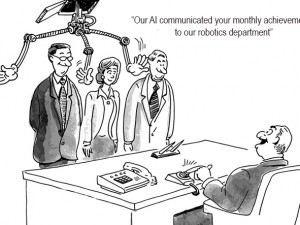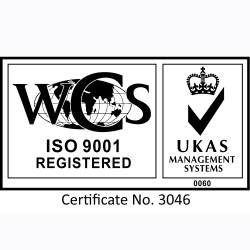
You have probably heard the term cloud computing a lot lately since it has become so closely linked to our home and work. Maybe you have asked yourself ‘what is the cloud and where exactly is it?’
As it turns out, cloud computing means storing and accessing data and programs over the Internet instead of your computer’s hard drive. It allows for customers and businesses to use services and software without having to build, run and maintain the servers in-house. Therefore, in this case, the word “cloud” is used as a metaphor for “the Internet”.
Cloud computing is accessing a network of remote servers hosted on the Internet to store, manage and process data, rather than a local server or a personal computer, as that’s simply local storage and computing.
You see… there’s a good chance you use Cloud Computing on a daily basis to access your Gmail, Yahoo or Outlook e-mail,or when downloading an app from Google Play or the App Store, or watching a Netflix series.
Think about it, instead of running those programs on your computer or phone, you access the web and remotely log-in to your account. The software that stores your e-mails, apps and movies doesn’t exist in your computer, it is on the services’ cloud.
And how exactly does it work?
Cloud computing consists of layers. The front-end, which you as a consumer interact with, requires a computer and the applications necessary to gain access to the cloud. The next layer is the back-end. These are the computers, servers and data storage systems that drive the interface you see at the front-end. The back-end systems apply high-performance computing which are able to perform tens of trillions of computations per second.
Cloud computing include: IaaS (Infrastructure as a Service), PaaS (Platform as a Service) and SaaS (Software as a Service) as the layers of services.
IaaS (Infrastructure as a Service): Allows access to storage and computer power through a web-based system. Amazon Web Services (AWS) and Microsoft Azure are accurate examples of IaaS.
PaaS (Platform as a Service): PaaS is a framework that developers can build upon to develop or customize applications cost effectively. Apprenda or Salesforce CRM are good example of this, although Salesforce could also be categorised as a SaaS service.
SaaS (Software as a Service): The applications are accessible from various client devices through a client interface, such as a web browser like Google Apps, Twitter, Facebook and Flickr. You don’t need to install the software to use it, although some do require a plugin.
How does fibre-optics fit into Cloud Computing?
So being an Internet-based server layer, cloud computing efficiency and performance depends on your Internet connection. Without enough bandwidth, cloud computing would be impossible.
With more than 1 Exabyte of data stored in the cloud, internet connections need to be high-speed, reliable and flexible in order to allow computer resources to be easily distributed. Therefore, optical fibre is essential in the new network architectures as bandwidth requirements increase.
Currently, fibre optics is the only practical telecommunication medium able to carry trillions of bits per second.
When migrating to a cloud computing infrastructure, businesses need to ensure their Internet connection can keep up, by finding the right commercial internet service provider that’s able to deliver the type of fibre Wide Area Network that is suited for this architecture. It is equally important to ensure your service backup is equally robust in the event of line failure.
On the other hand, data centres need to meet these challenging data increases in requirements by utilising advanced fibre optic cabling in core network functions, backhaul systems, and storage arrays, which will deliver reliability and scale-ability without giving up density.In addition, by choosing proper media conversion tools it will enable them to freely change between fibre and copper.
If your cloud infrastructure isn’t delivering call us on 01494 775500 and let us help.
View the original copy from Beyondtech











